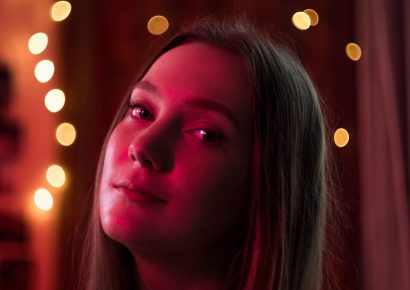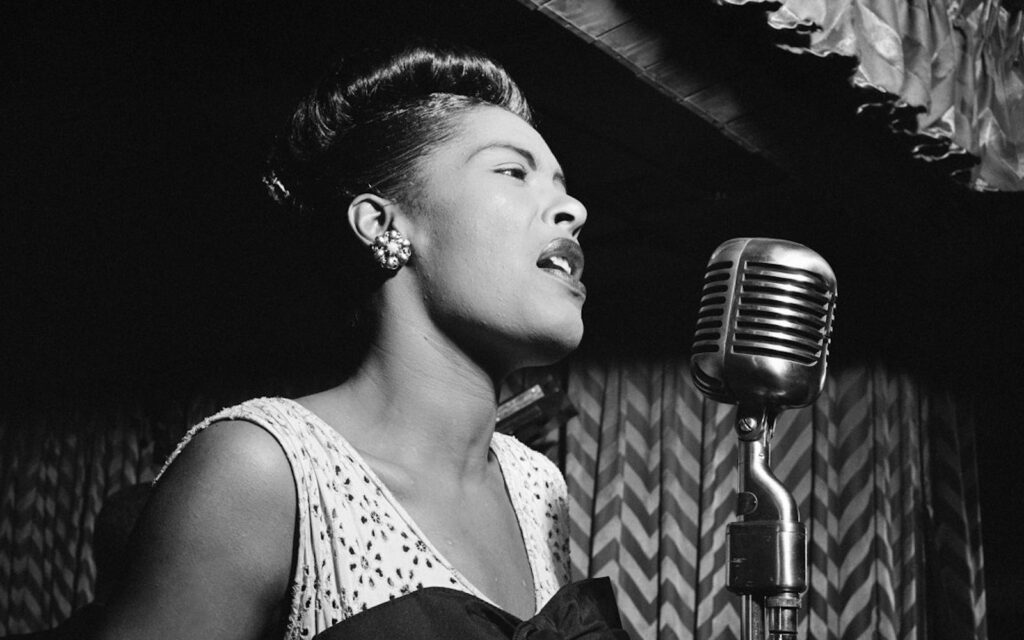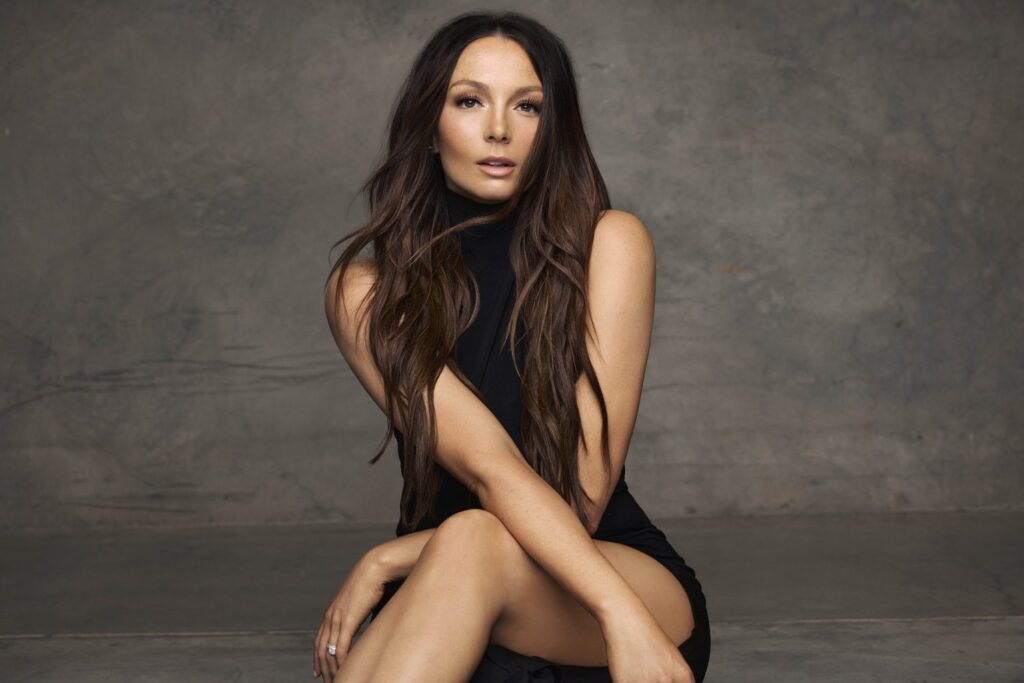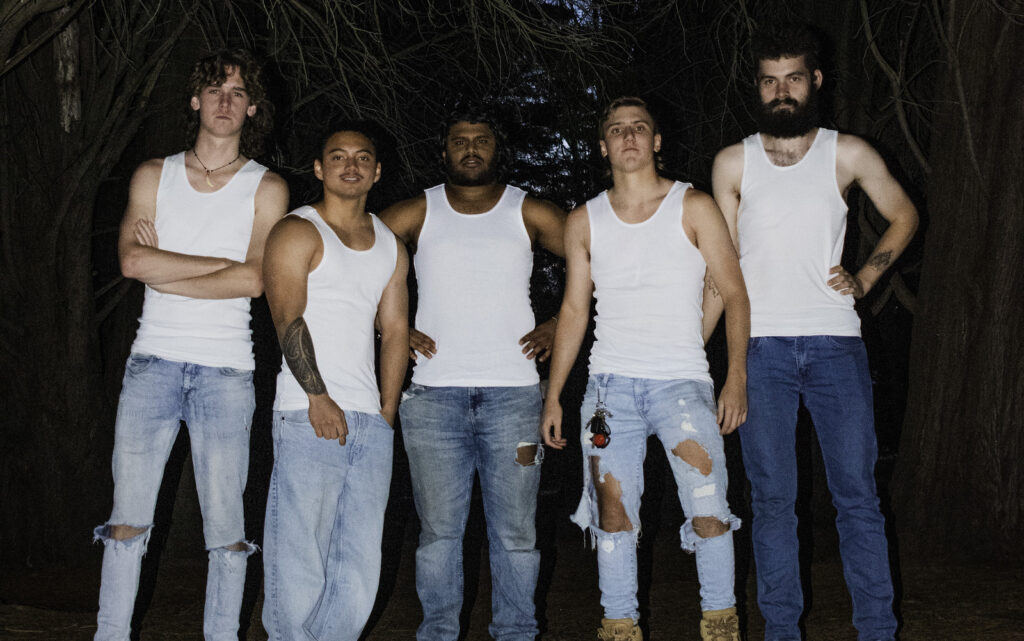Some interesting trends have emerged as listening habits change during COVID-19.
The Beastie Boys summed it all up when they sang, “I’ve been going nuts gettin’ all cooped-up/Fully hermitizing but now I’m getting souped-up.”
We know Australians jumped on every kind of digital entertainment available when COVID-19 first took hold, but the music industry would be most interested in consumer behaviour after restrictions are lifted.
Deloitte’s 9th Media Consumer Survey 2020, released on September 7, discovered that 24% of the 2,000 surveyed Australians signed up for a new entertainment service in lockdown.
23% livestreamed an event (including a concert, speech or a fitness class) between March and May with 50% of these doing it for the first time. 14% livestreamed music, but only 7% would be willing to pay for a livestreamed gig, while one in five (18%) said they might for the right one.
There is nevertheless an excitement about going back to live events, with 53% intending to spend more time at these. But there are conditions and adjustments to be made.
“There are still plenty of challenges ahead with social distancing, reduced capacities, and international border closures,” says Leora Nevezie, Deloitte’s media sector leader. “The good news is Australians love to be entertained and we want to go back to the same levels, if not greater, than post-COVID restrictions.”
But Nevezie warns that “future audience development will need to take into account factors like trust and perception to meet post-COVID-19 expectations.
“The physical experience of attending in-person events, not just the ‘main act’ itself, will be more important than ever.”
In other words, festival promoters and venue operators have to prove they can be responsible and trustworthy about keeping their crowds safe. The Australian live sector is already suggesting that patrons must prove to have been tested or vaccinated before they’re allowed into a club or festival site.
The data shows that music livestreaming had a generational spread. 19% of the respondents were millennial, 24% were Generation X, 17% were baby boomers while older age groups represented 14% of the respondents.
Studies of commercial radio consumption also show more Australians tuning in.
According to GfK Radio Pulse, average weekly metro audiences climbed by 7.1% to nearly 12 million people. 62% of listeners say radio makes them feel less alone and 64% feel radio keeps them connected with their local community.
“Listening at home continues to be well above trend. Nearly 65% of people listened at home each week and 59% listened in the car,” CEO of Commercial Radio Australia Joan Warner commented.
Listening to podcasts also jumped, with 17% of respondents listening to a podcast in the week before the survey, up from 15% in 2019 and 13% in 2018. The news and politics category accounts for 32% of podcast listeners, and comedy at 31%.
US surveys suggest that as the pandemic drags on, music lovers want more from the livestreaming of virtual concerts. This could possibly also apply to Australians, with online concerts increasing their importance to connecting with others.
82% believe that virtual meet-and-greets help them feel more connected to artists while 76% believe having a platform chat with other guests during livestreams is also important to the experience.
In lockdown, most listen to the music they are familiar with. But 43% of Americans say they listen to totally new music, a figure which could also apply similarly to Australians.
The discovery of new music has been most beneficial to country music, with streams for that genre up 14.2% since the start of the pandemic and hitting record highs of 1.3 billion a week.
“People are looking for country music to be their therapy and to motivate them to see the silver linings and hold out for hope in a situation,” one analyst suggested.
Also surging are reggae, because it evokes the vibes of the northern summer, and rock mostly due to an interest in back catalogue as new acts are discovered.
But EDM, R&B/hip hop, pop and Latin are going down.
So what how is the consumer behaviour changes impacting on retail? Blake Budak, chair of the Australian Music Retailers Association, suggests, “You do get people asking for recommendations.
“But a lot of our customers, particularly the younger ones, have already streamed their albums in advance and they know specifically what they want. I don’t think streaming has necessarily been a totally negative thing, the way people might think it might be. It actually drives a lot of sales, especially vinyl.
“Ten years ago, radio play was a big factor on our sales. I don’t think radio’s as big, I think streaming is where people find out about music.”
Never miss a story. Sign up to Beat’s newsletter and you’ll be served fresh music, arts, food and culture stories three times a week.







